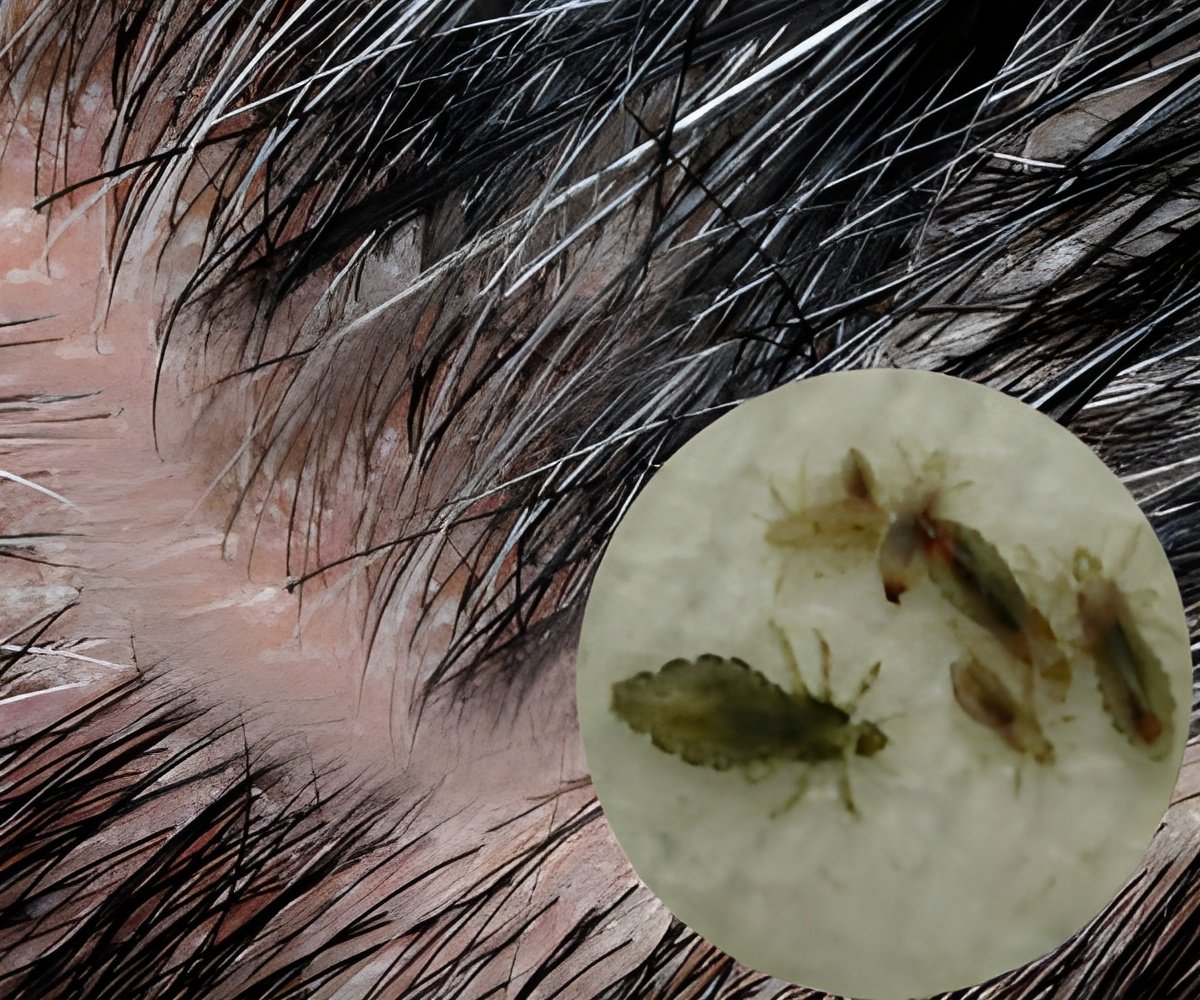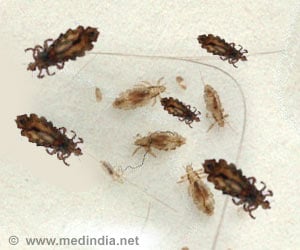
The findings could help scientists understand how lice evolve resistance to insecticides.
Lice have fed off primates for more than 25 million years, although they may have first become a human scourge when humans donned clothes.
As humans conquered the globe, these parasitic hitchhikers went along for the ride.
Past work had studied the genetics of lice, but relied on DNA that passes on from the maternal line, making it difficult to get a complete picture of human migration.
Towards that end, Marina Ascunce, an entomologist at the Florida Museum of Natural History Museum, and her colleagues analyzed nuclear DNA, genetic material that is passed on from both male and female lice, in 75 specimen from 10 sites across four regions: Asia, North America, Central America, and Europe.
Advertisement
They found that lice from Honduras closely resembled Asian lice.
Advertisement
By contrast, lice from New York were more closely related to European parasites, likely reflecting North America's waves of European colonization over the centuries, Ascunce said.
In addition, because there is not much gene flow between different lice populations, insecticides could be more effective if they target genetic vulnerabilities specific to local populations, she said.
Genetic analysis could also reveal when and where humans interbred with Neanderthals and other archaic hominid species, the researchers wrote in the paper.
The study is published in the journal PLOS ONE.
Source-ANI










